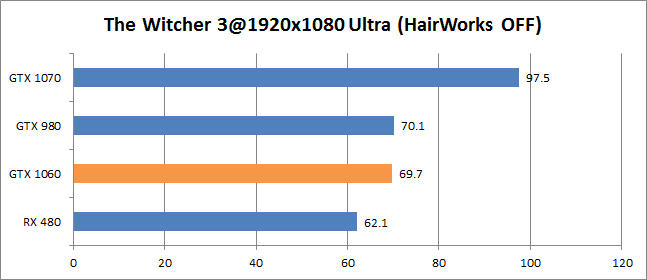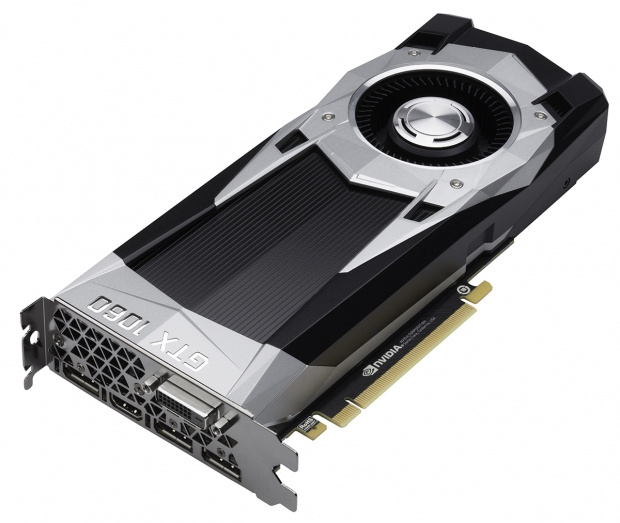Index
Preview: Another great Pascal graphics card
Nvidia is addressing higher mid-range segment with this card and with its $249 price tag it may become your next graphics card for 1080p gaming.
Nvidia has introduced its reference GTX 1060 “Founders Edition” and its partners are good to go with custom designs. We will soon have one sample from Gainward. Today we will share our first thoughts about the reference board.
As was the case with the earlier launched Geforce GTX 1080 and GTX 1070, the Geforce GTX 1060 will also be available as a special limited Founders Edition (which is a fancy new name for reference edition), priced at US $299, a US $50 premium.
The card is based on Nvidia's 16nm GP106 Pascal GPU, which features 1280 CUDA cores, 80 TMUs and 48 ROPs, 6GB of GDDR5 memory paired up with a 192-bit memory interface. The GPU works at up to 1.7GHz on the GPU Boost clock and Nvidia claims it can go as high as 2.0GHz with overclocking, which is impressive. It needs a single 6-pin PCIe power connector, thanks to its low 120W TDP. It also features three DisplayPort 1.4s, a HDMI 2.0b and a DVI display output. 
A closer look at GTX 1060
Nvidia is updating its Pascal series, a generation of visually appealing and good performing graphics cards. Newest in the series is the Geforce GTX 1060. It does not have the great power like the previously released the GTX 1070 or GTX 1080 graphics cards. But it looks similar to these two high end graphics cards.
There are some important differences in the cooler design between the GTX 1060 and the GTX 1080. Just to make it clear, the GTX 1070 and the GTX 1080 have the same cooler. Before we go into details let’s look at the GTX 1060 and the GTX 1080.
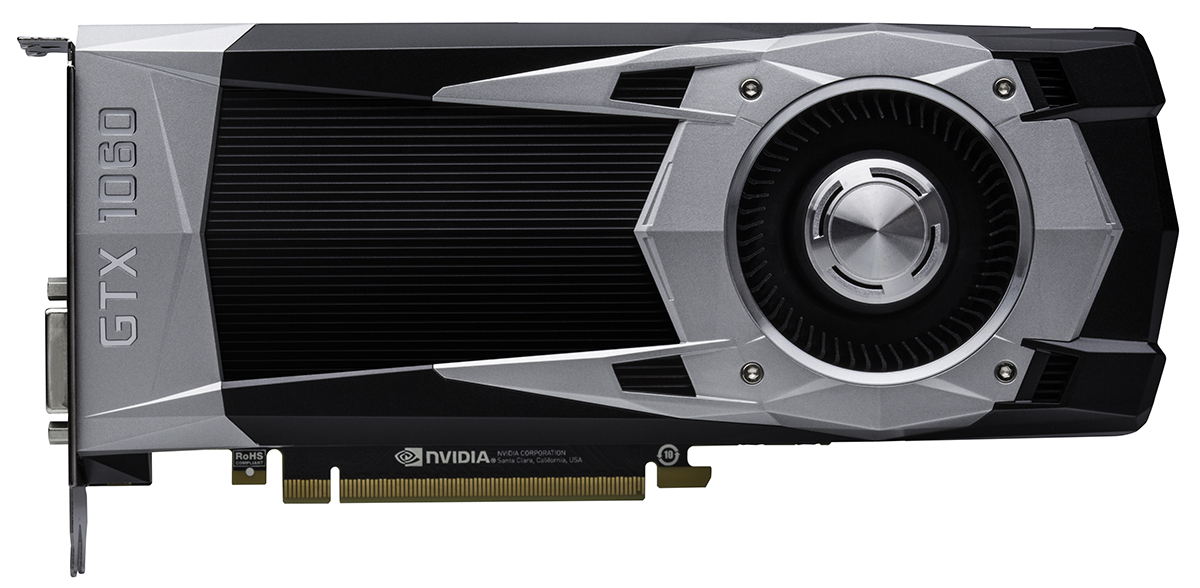
The GTX 1060 is 25cm long, which is ca. 2cm shorter than the GTX 1080.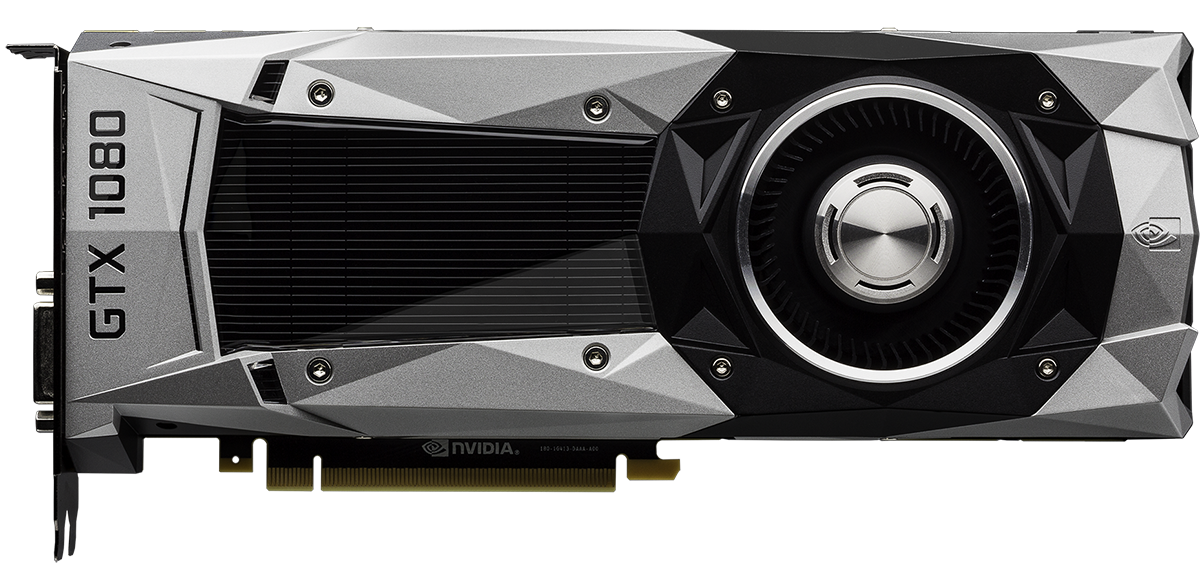
If you look closer at the GTX 1080, you will notice one transparent window which reveals the heatsink underneath. With the GTX 1060 cooler we have an optical illusion, the window is not there, just textured surface, but it still looks nice and we can't complain.
The real difference is hidden at the back so it is important to compare both sides of the two cards. As expected the GTX 1060 comes with a shorter PCB.
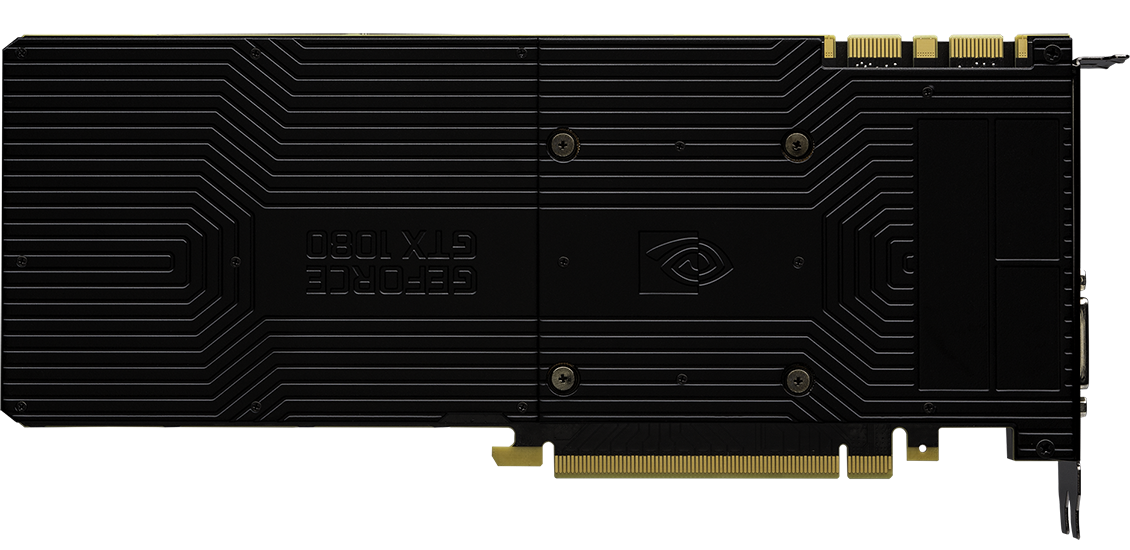
The dual-slot cooler with blower fan looks like it should have no trouble keeping away the temperatures and noise emissions.
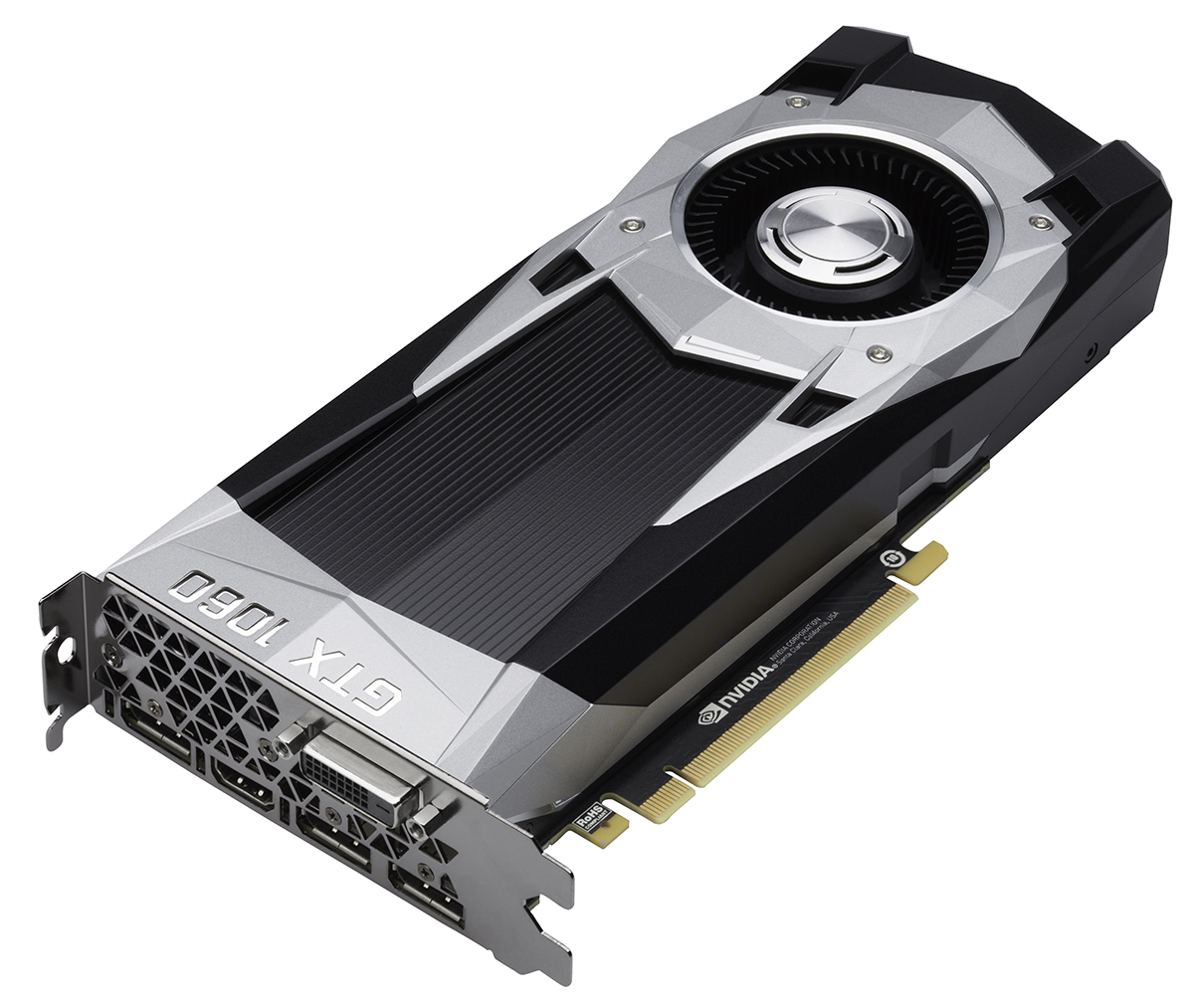 With the shroud removed we see two heatsinks, a bigger one for the GPU, and the smaller one which sits at the back to help the heat dissipation under the shroud.
With the shroud removed we see two heatsinks, a bigger one for the GPU, and the smaller one which sits at the back to help the heat dissipation under the shroud.
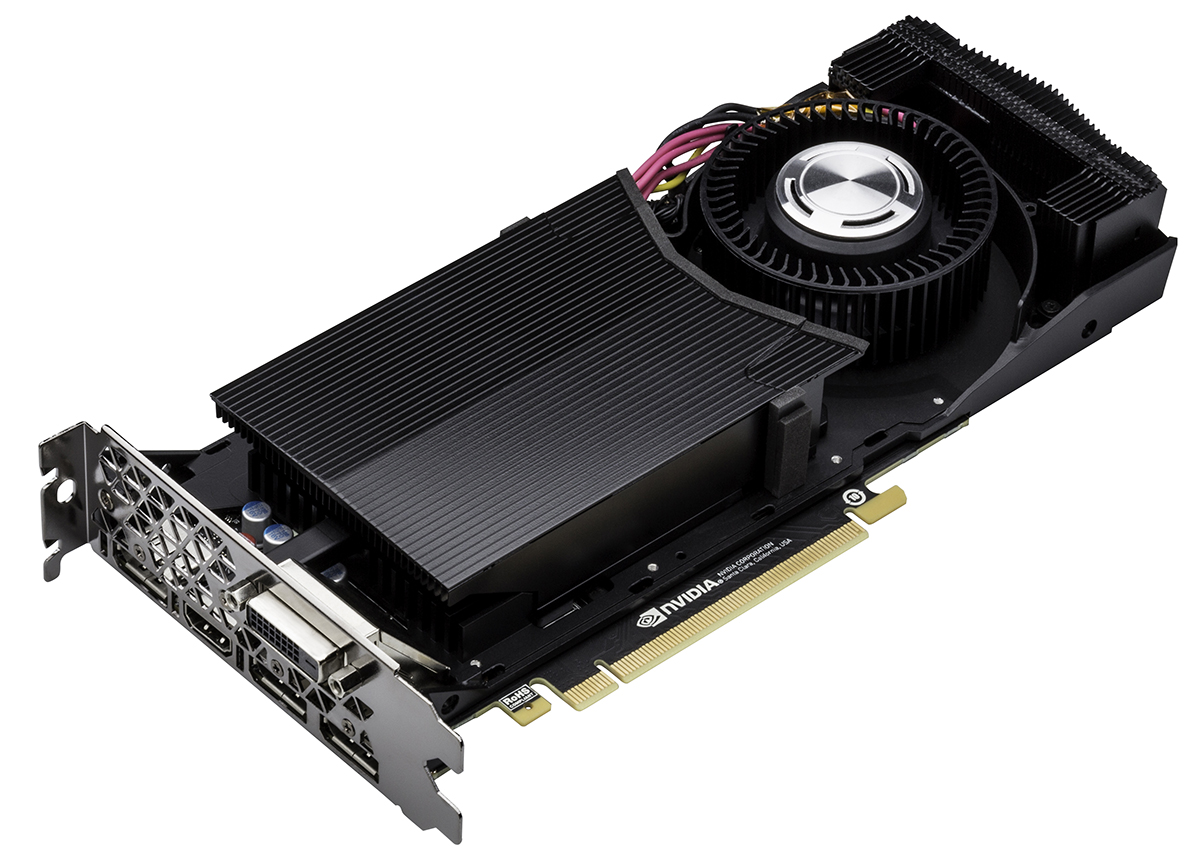
The GPU heatsink looks bigger than it is. Have a look at the heatsink removed in the image below. It is big enough to ensure proper cooling for the GP106 GPU.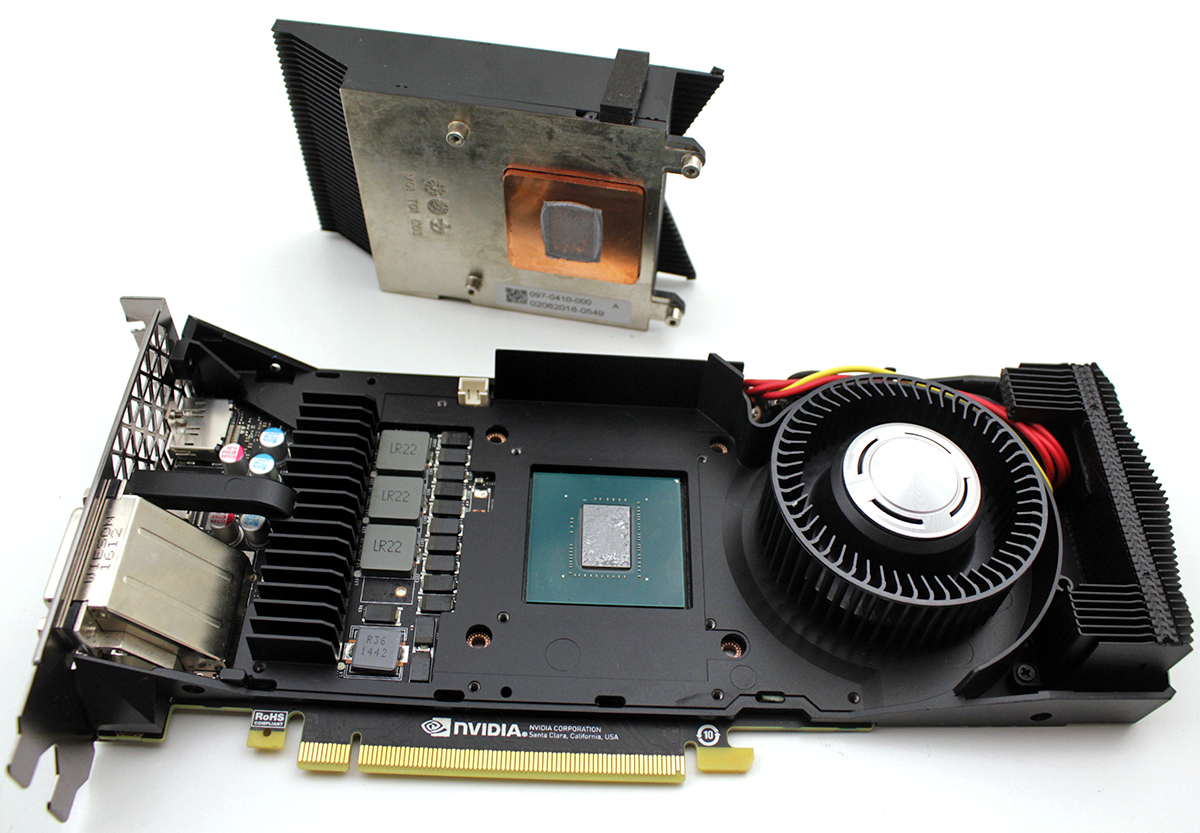
There is a bunch of cables below the shroud. As a pleasant surprise, one of them is powering an LED in the shroud, finally we have a glowing Geforce logo in a midrange segment graphics card.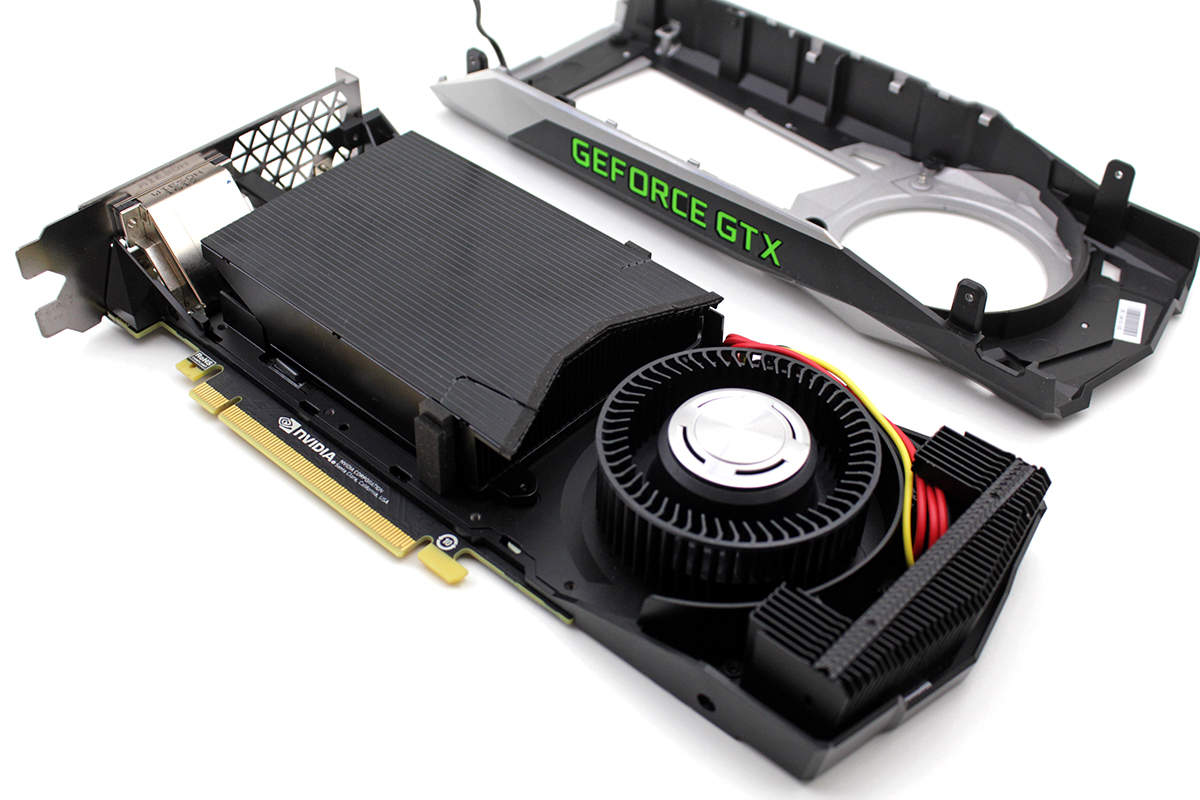

A closer look continued
The PCB is long – 17.2cm (the whole GTX 1060 graphics card 25cm)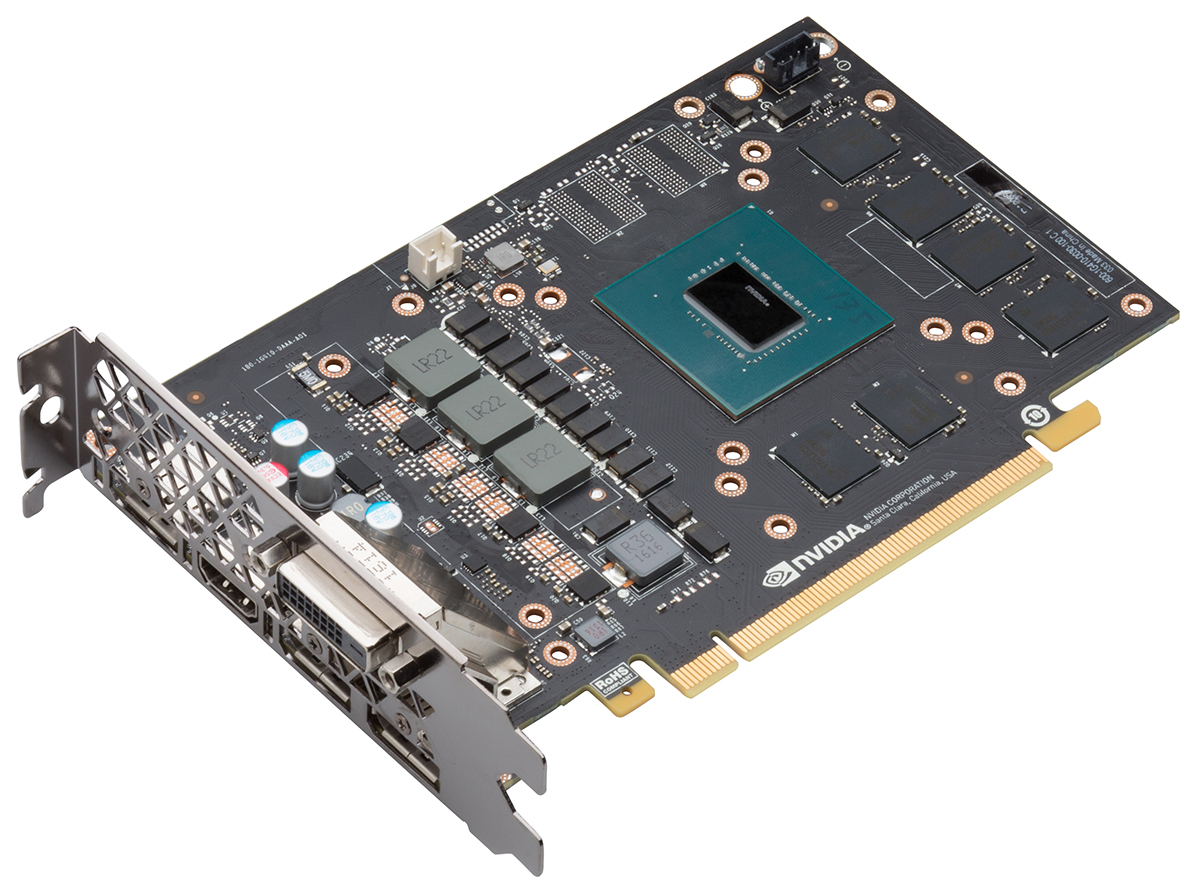

If you look closer you will notice there is no PCIe power connector. We know that the TDP of the GTX 1060 is 120W and a PCI Express slot alone which provides 75W of power is not enough to power this graphics card. But how does it do it? The trick is quite good, the power cables are simply soldered and extended as you can see from the image below.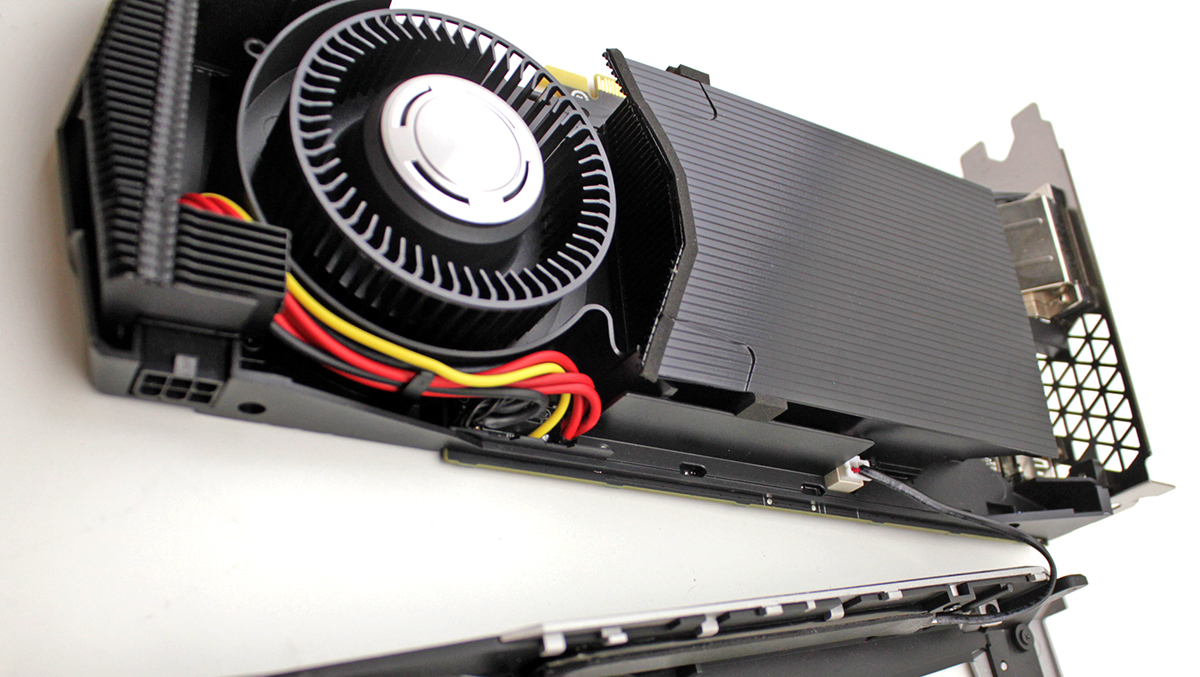
One 6-pin PCIe power connector is required for operation.
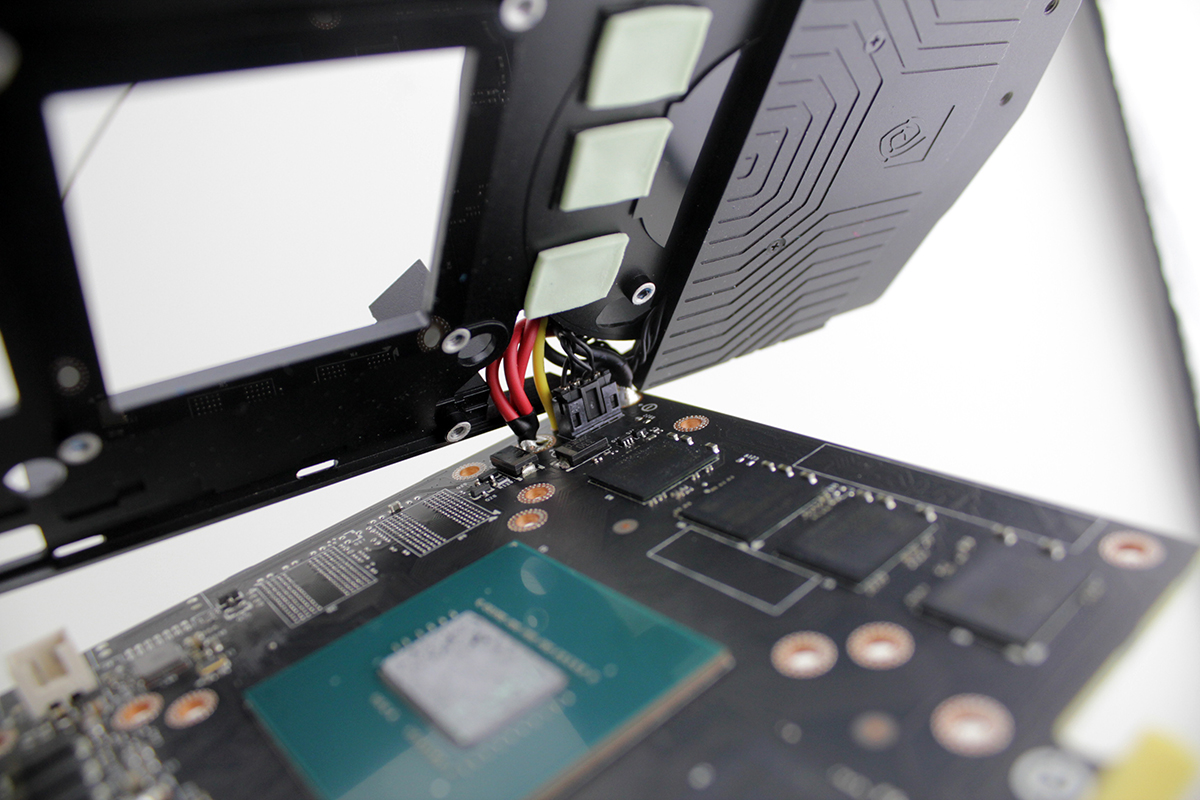
We advise you to never remove the backplate for safety reasons (you could break the connections). If you want to clear the heatsink you can remove the shroud (four screws) and the heatsink (four screws) as shown inthe images below.
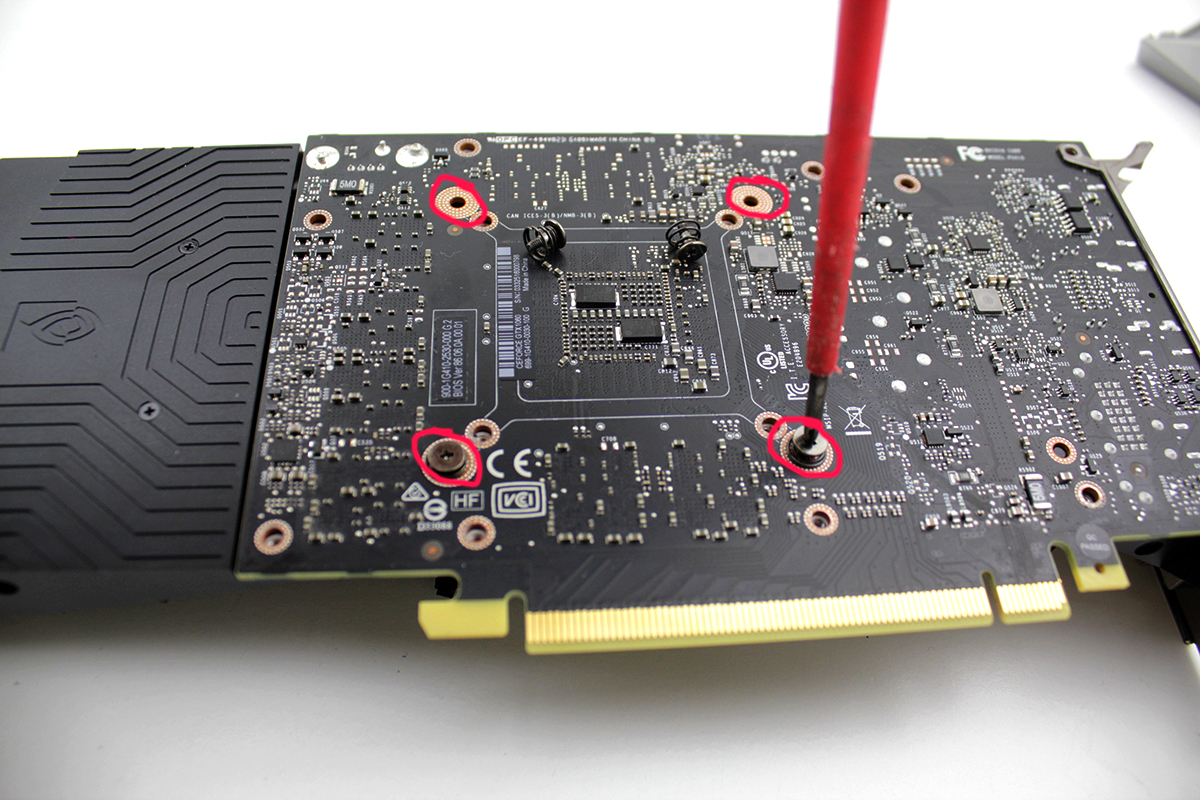
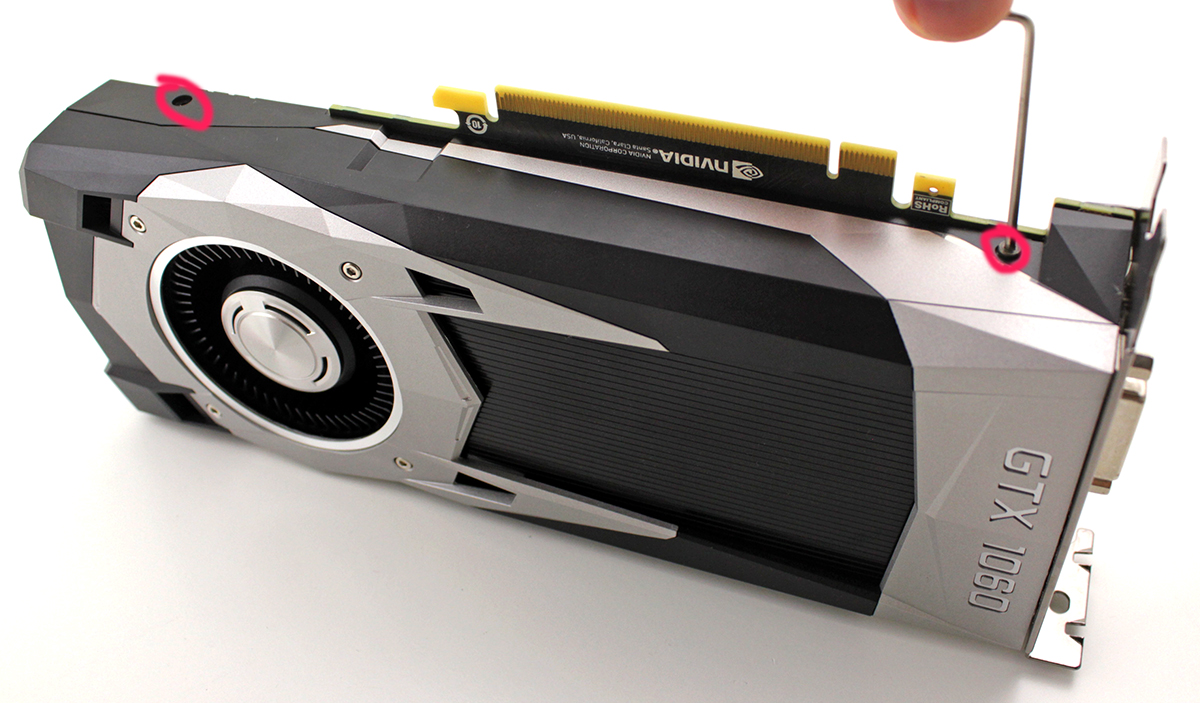

As you can see SLI connector is unavailable. This means the GTX 1060 does not support SLI. In future Nvidia will provide SLI option only for its top of the range GPUs like the GTX 1070 and the GTX 1080. This is pretty rubbish and a pretty depressing mistake for Nvidia to make. 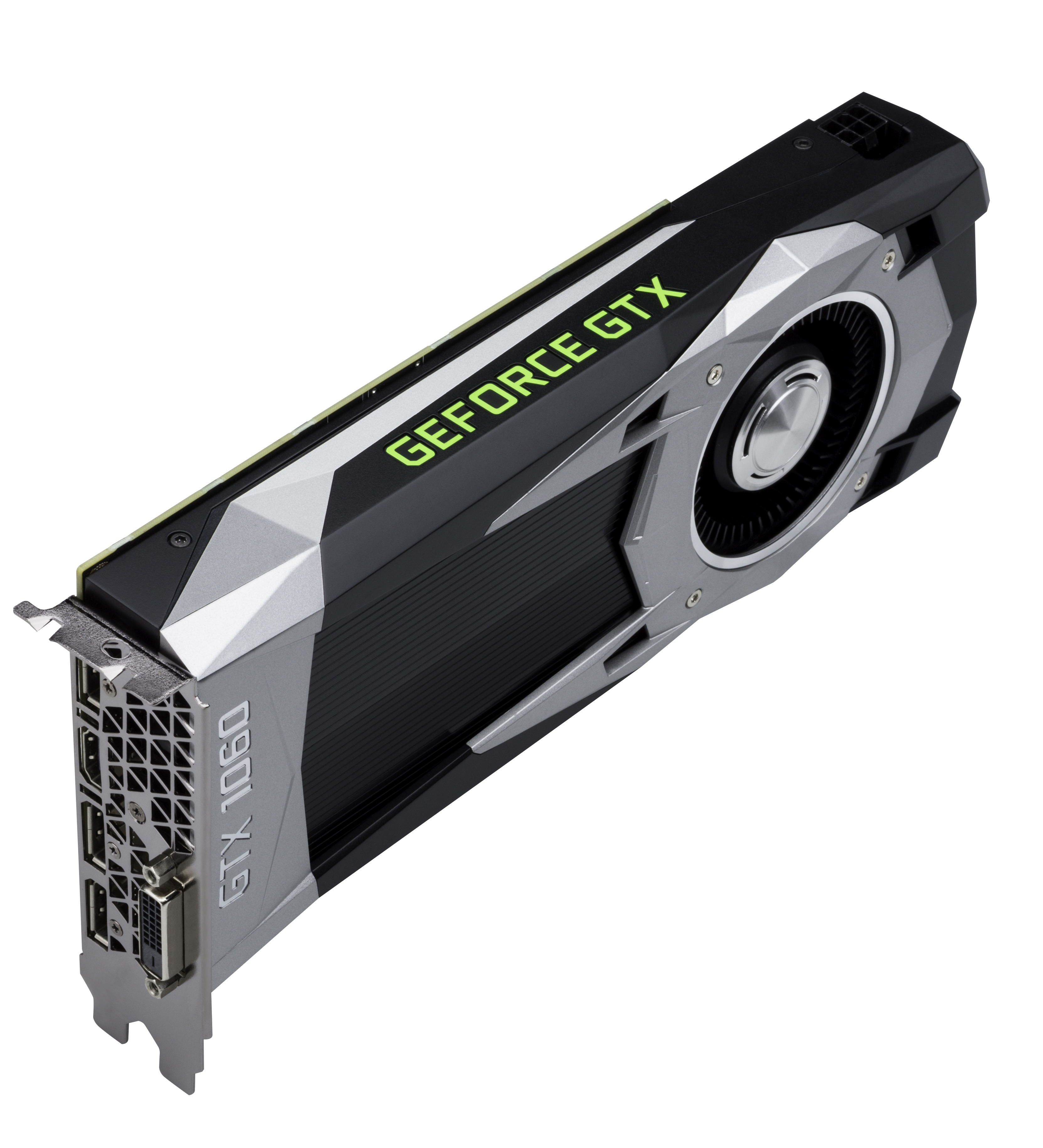
Display outputs include one dual-link DVI, one HDMI and three DisplayPort connectors.
Noise and Thermals
The GTX 1060 has high boost GPU clock (1708MHz) but the reference cooler is good enough to keep things under full control.
Under full load the fan is audible, but we could only hear it lightly from the closed PC case. In idle, the card is very quiet, but it lacks the idle-fan-off feature.

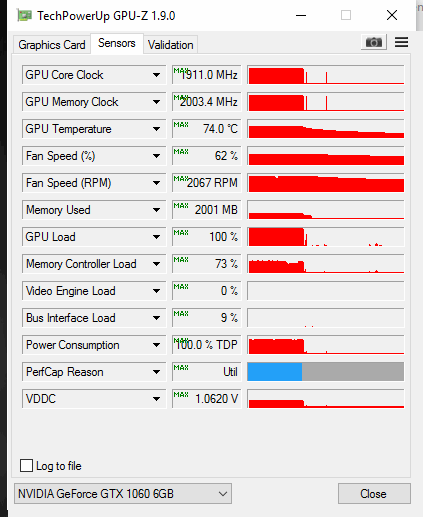
Performance Results
As you will see from the charts below, the GTX 1060 is on a par with the GTX 980, which is great. AMD's RX 480 falls also in the same performance basket. But considering this is 120W TDP graphics card this is impressive.


